Becoming a High-Reliability Organization

High-Reliability Organization Misconceptions
People write about their research on high-reliability organizations. This often makes me chuckle because I’ve worked in a high-reliability organization, and what the researchers “learn” isn’t always what is really going on.
My high-reliability organization experience was in Admiral Rickover’s Nuclear Navy.

Seven years and two ships – the USS Arkansas and the USS Long Beach.
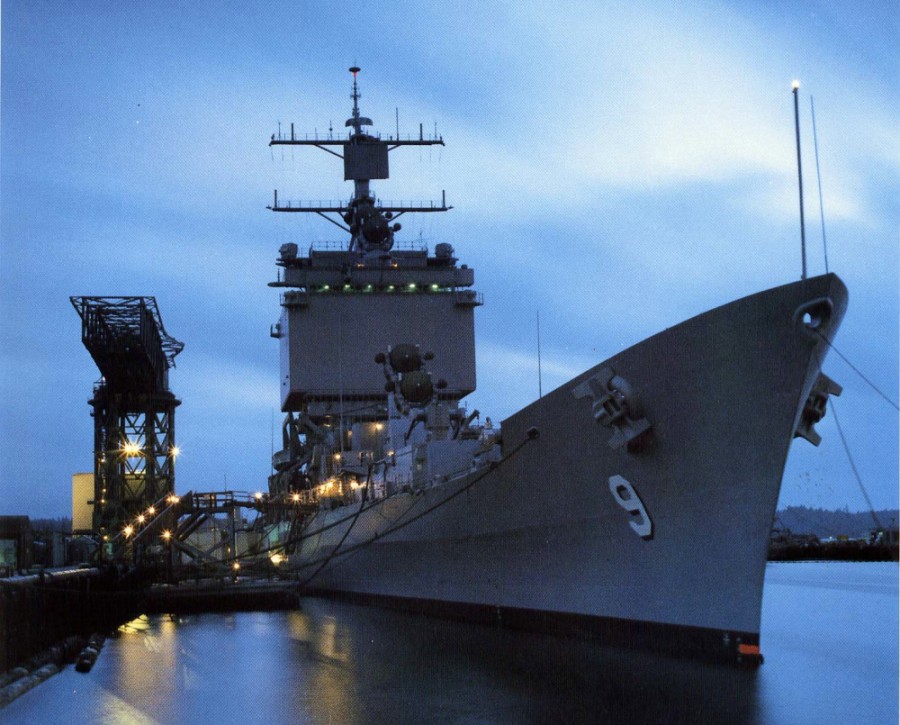
Both were nuclear-powered cruisers. Also, I had close friends on submarines and nuclear-powered carriers.

Learn more about the Nuke Navy’s record and Rickover’s philosophy; read the series of articles HERE.
High-Reliability Organizations: Research vs Reality
So, what is the difference between research and reality? Here are some of the ideas to consider…
1. Real high-reliability organizations vs “fake” high-reliability organizations.
Rickover’s Nuclear Navy was the original high-reliability organization. In my experience, nothing comes close. Research has described carrier flight deck operations as high-reliability. But I don’t think they meet the standard from the accidents and injuries I’ve seen or heard about.
That brings up a question. What standard? Or what is a high-reliability organization?
I think the answer is ZERO.
Rickover’s Nuclear Navy was (and still is, even after Rickover has been gone for for 45+ years) an organization that achieved a fantastic record of ZERO reactor safety-related accidents. There were no fatalities, no major releases of radioactive material, and no core-melt accidents. This record was set during Rickover’s leadership when the Navy ran hundreds of reactors at sea yearly. Today, the record is over 65 years of continuous operation of many nuclear reactors without a reactor-related accident.
If you are in the process industry, think of this as all the US refineries having had no fires, explosions, or significant environmental releases for 60 years.
For carrier aviation to qualify as a high-reliability organization, it would have to have zero flight deck-related fatalities, explosions, or aviation-related crashes on all US carriers for years. As far as I know, carriers seldom achieve this record for a single year/deployment.

Therefore, to learn from a high-reliability organization, make sure it is a real high-reliability organization.
2. High-reliability organizations aren’t good at everything.
Rickover’s Nuclear Navy record for reactor safety was amazing. However, the industrial safety of submarines or nuclear surface ships was pretty average. Thus, the same emphasis on excellence was not applied to everything.

The two most famous submarine accidents were the loss of the USS Thresher and the USS Scorpion in two separate accidents. Here are two documentaries about these disasters.
Note that the three submarine accidents above had nothing to do with reactor safety. They had everything to do with the standard shipyard and Navy practices.
Now let’s look at a sports example.
If you are a great athlete, you have the chance to excel at a sport. But you probably can’t be good at every sport. The world’s greatest basketball player may be unable to switch over and become the world’s greatest baseball player … or golfer. They might be better than average, but they won’t be great.
Why can’t they be great at everything? Because being great at anything requires focus. If your focus becomes too broad, you lose your focus, and your performance slips. Thus, you can talk about high-reliability organizations as if they are great at everything. They probably aren’t. They probably focus their attention on one aspect of performance to become great.
One thing is for sure: You can’t focus on being the low-cost provider and still have a high-reliability organization.
3. The high COST for exceptional excellence.
You can ask a Nuke Navy sailor about the cost of high reliability and excellence:
- A heavy load of advanced training with high standards,
- 12 to 18-hour workdays, often seven days a week,
- the feeling that someone is constantly looking over your shoulder,
- failed marriages, and
- burnout.
Recruiting exceptional sailors required to meet the highest standards isn’t easy. There are significant financial bonuses to recruit and keep Nuke Navy sailors in the Nuke Navy.

This significant investment is required to keep the best sailors. Big companies compete fiercely to recruit the best; the average sailor isn’t good enough for Rickover’s Nuclear Navy.
4. Detecting weak signals
Research about high-reliability organizations often describes detecting “weak signals” that indicate problems. Let me put this straight. If you are in a high-reliability organization, those signals AREN’T WEAK. They scream at you.
The problem is that non-high-reliability organizations wear a double set of hearing protection. Many don’t hear or see the signals until dead bodies pile up at their feet.
There is no secret to hearing the signals. If you know what makes your systems highly reliable, you ensure these crucial factors are measured, looked after, maintained, and nurtured. The Rickover article linked HERE lays out the factors for the Nuclear Navy (which are very similar to those that apply to process safety).
Here’s an example…
Suppose the budget is cut, so your facility starts getting a maintenance backlog; that isn’t a weak signal. Management should be hearing the signal (there is a maintenance backlog).
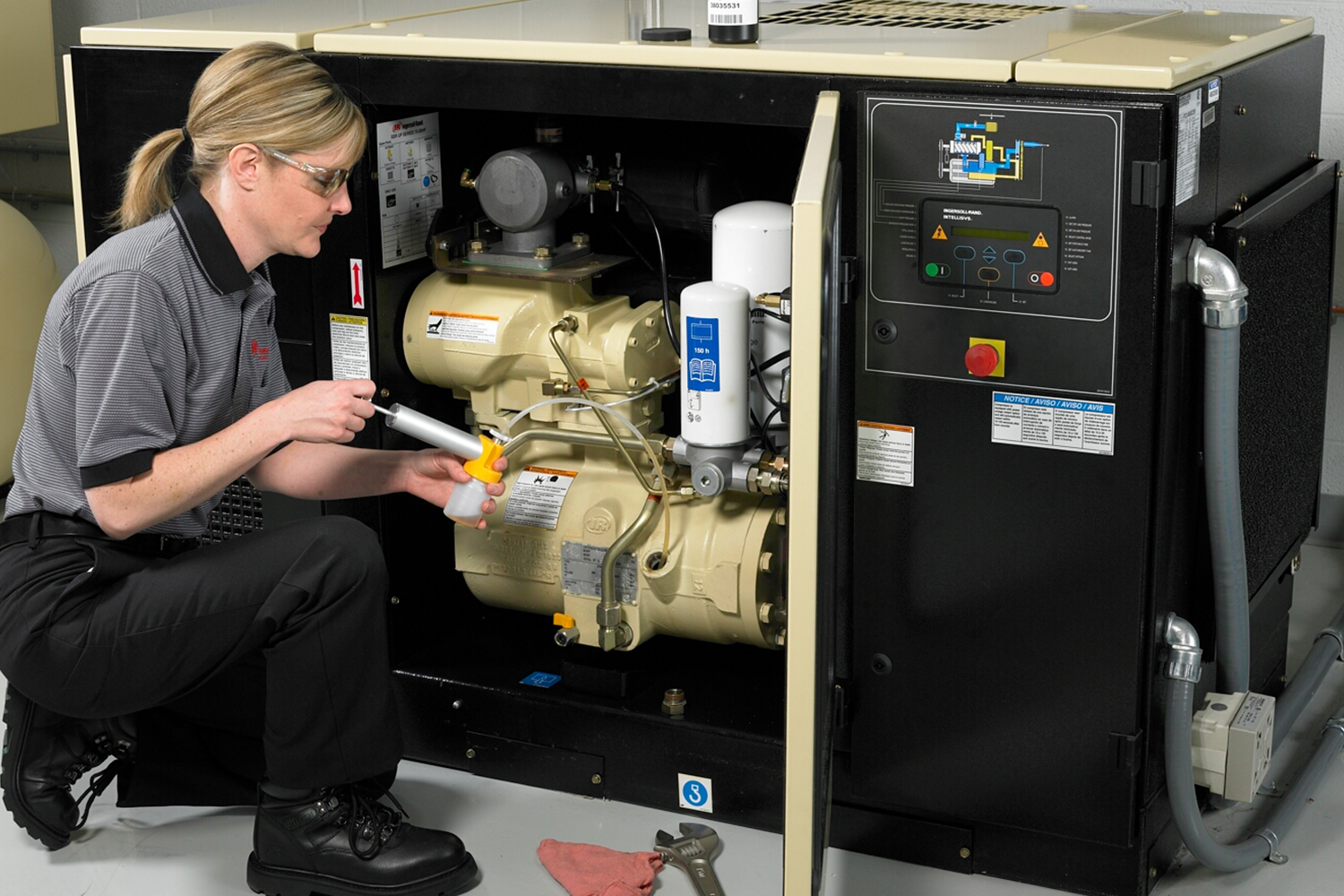
The system screams if the budget is cut and safety-significant maintenance is not completed on time. (This should be monitored and discussed in weekly management meetings.) The failure to complete significant safety maintenance should be passed up the line to the level of management needed to correct the budget shortfalls.
Finally, if the CEO and COO haven’t heard about the maintenance backlog, they should at least hear about precursor incidents caused by deferred maintenance.
Thus, weak signals aren’t weak if you are a high-reliability organization.
And, if you think they are weak signals, you aren’t in a high-reliability organization.
Explaining those misconceptions is a start. I’ll stop with this comment…
Living high-reliability and
researching high-reliability
are two different experiences.
Becoming a High-Reliability Organization
If I were going to get advice about becoming a high-reliability organization (quite a challenge if you aren’t one), I would talk to someone who lived in a high-reliability organization and has also worked at a non-high-reliability organization. Or, better yet, I would hire that person to help lead the effort. I would not become part of someone’s university research detached from the experience of achieving high reliability.
If you are a high-reliability organization or are considering becoming one, prepare for challenges. Talking about improving process safety and reliability is much easier than living a high-reliability life.
There is a way to learn more about becoming a high-reliability organization that demonstrates operational excellence. Read on for more information.
Learn More About High-Reliability Organizations
Have you heard about the High-Reliability Organization Best Practices Track at the 2025 Global TapRooT® Summit, held on October 1-3, 2025, in Knoxville, Tennessee?
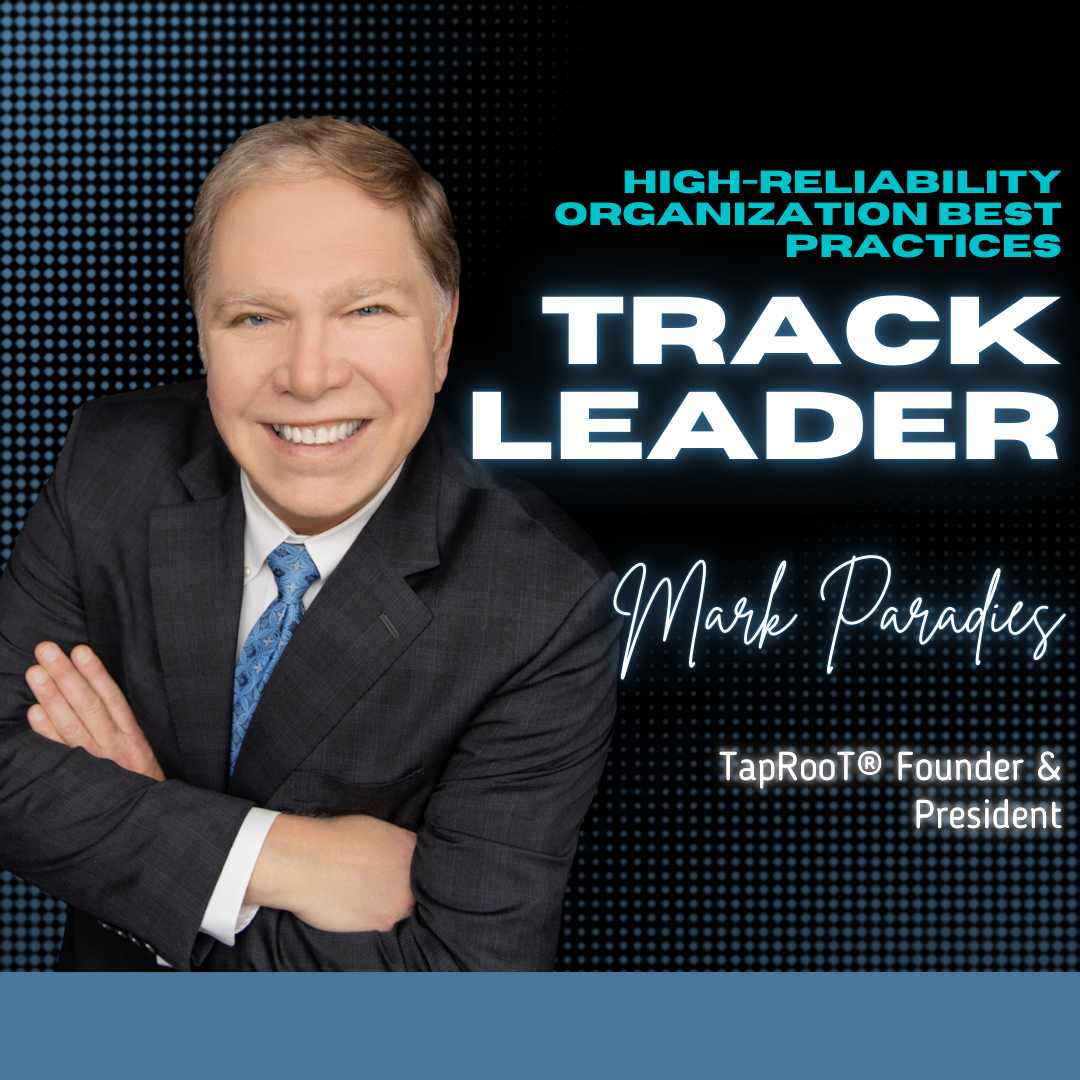
Mark Paradies, President of System Improvements, organized the track, which included sessions about how the Nuclear Navy achieves high reliability and other techniques to promote operational excellence.
The High-Reliability Organization Best Practices Track includes:
- Admiral Rickover’s Original High-Reliability Organization
- Peer Reviews & Inspections to Achieve High Compliance Panel Discussion
- Sharing Ideas to Achieve High-Reliability/Performance Roundtable
- Root Cause Analysis for High-Performance Organizations
- Fatigue and Human Error
- Procedure Writing and Use for High-Reliability
- Training Beyond the Mistake
- Mistakes By Design
- Lions, Tigers, and Bears, OH MY! Don’t Fear the Equifactor®
Click on the links above to learn more about each session.
To register for the 2025 Global Summit, CLICK HERE and select the High-Reliability Organization Best Practices Track.
To see all the Summit best-practice tracks, CLICK HERE. They include…

One more idea. If you haven’t been trained to use the TapRooT® Root Cause Analysis System, consider taking the pre-Summit 2-Day TapRooT® Root Cause Analysis Course held on September 29-30. Attending a pre-Summit Course will save you $300 OFF the separate Summit and pre-Summit Course prices.
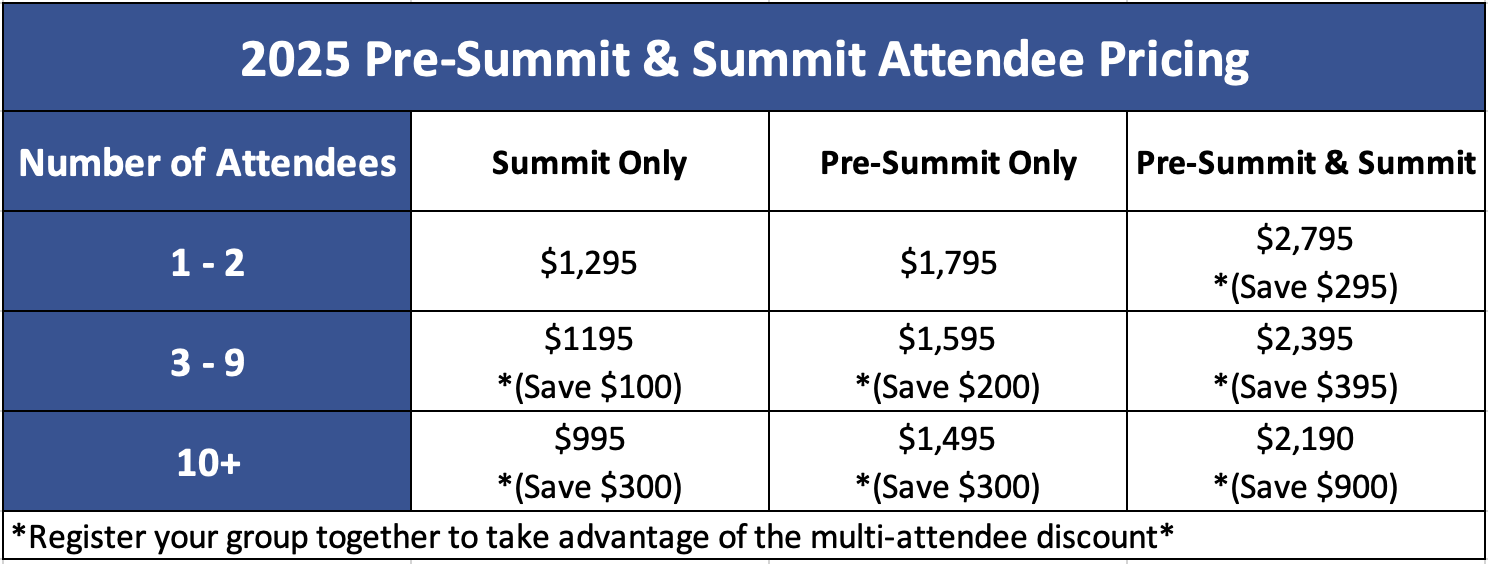
Also, consider bringing multiple attendees to a pre-Summit Course and the Summit for even more discounts (up to $900 off for each attendee that you register at the same time).
To see all the pre-Summit Courses, CLICK HERE.
More Summit Information
CLICK HERE. to learn more about the 2025 Global TapRooT® Summit which will be held at the Knoxville Convention Center in Knoxville, Tennessee, from October 1-3, 2025.
Don’t miss this chance to meet improvement experts from around the world and make your improvement program world-class.
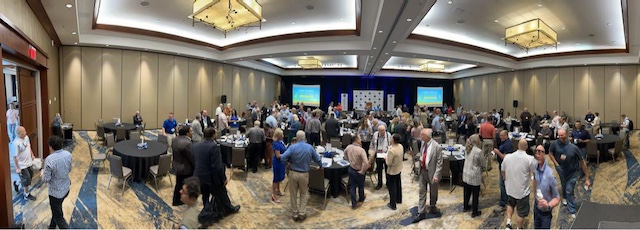
CLICK HERE TO REGISTER FOR THE SUMMIT




